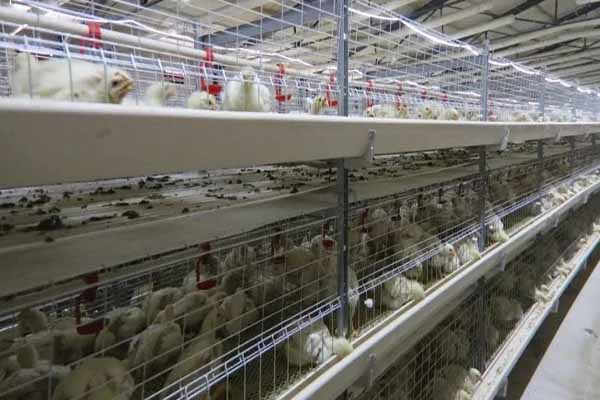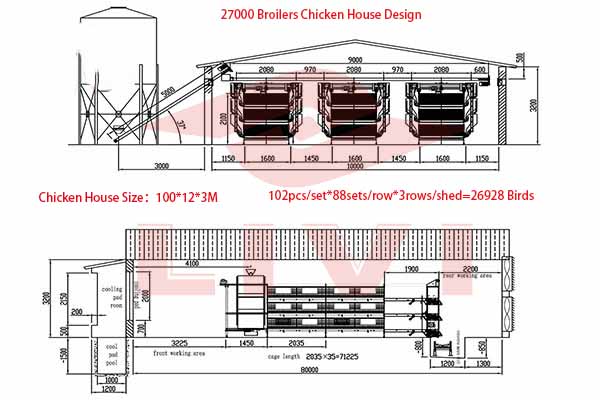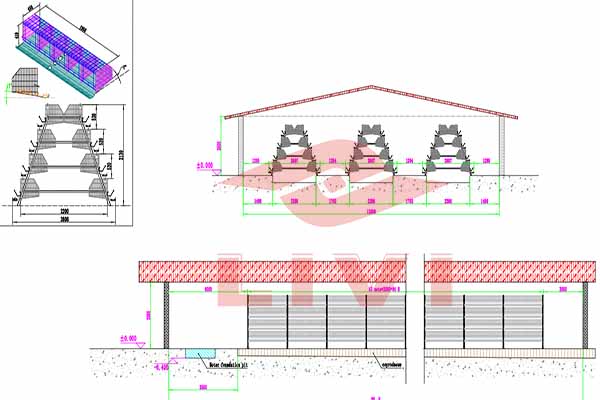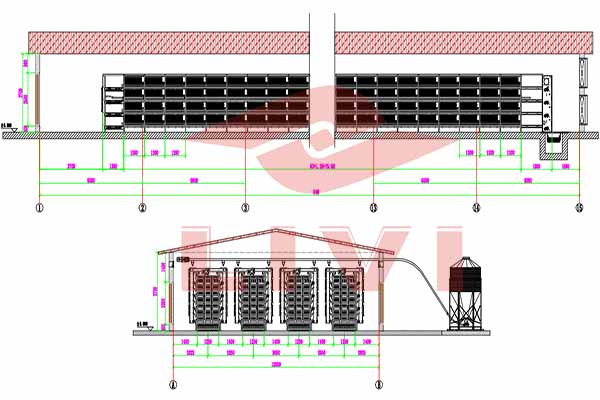Best Poultry Farming Practices for 80,000 Layers in Tanzania
Optimizing Your Farm for Maximum Efficiency
Running a successful poultry farm in Tanzania requires a comprehensive understanding of the best practices to ensure maximum efficiency and profitability. With an aim to manage 80,000 layers, it is crucial to implement state-of-the-art poultry farming equipment and automated chicken cages. This article delves into the essential practices and equipment that can help you achieve this goal.
Essential Practices for 80,000 Layers
1. Feeding Practices
– Balanced Diet: Feed your chickens a balanced diet that includes the right amount of protein, vitamins, and minerals.
– Regular Intake: Ensure that chickens have access to feed at all times, as free-range feeding can lead to weight fluctuations.
2. Hygiene and Sanitation
– Regular Cleaning: Clean and disinfect the poultry house regularly to prevent the spread of diseases.
– Biosecurity Measures: Implement biosecurity measures to minimize the risk of disease outbreaks.
3. Water Supply
– Continuous Supply: Provide a constant supply of clean water to prevent dehydration and improve overall health.
4. Ventilation
– Proper Airflow: Ensure proper ventilation to maintain optimal temperature and humidity levels.
5. Monitoring and Management
– Regular Check-ups: Conduct regular health check-ups to identify and treat any potential issues early on.
– Data Analysis: Utilize data analysis to optimize farm performance and make informed decisions.
Key Poultry Farming Equipment
1. Automated Chicken Cages
– Efficiency: Automated chicken cages enhance efficiency by reducing manual labor.
– Health Benefits: They provide a more comfortable environment for the chickens, reducing stress and improving health.
2. Feeding Systems
– Automatic Feeders: Automated feeding systems ensure consistent and precise feeding, optimizing growth and health.
– Waterers: Automatic waterers provide a continuous supply of clean water, ensuring hydration for the chickens.
3. Ventilation Systems
– Air Filters: Air filters maintain clean air quality, reducing the risk of respiratory diseases.
– Temperature Controllers: Temperature controllers ensure optimal conditions for the chickens, improving growth rates.
4. Monitoring Equipment
– Data Loggers: Data loggers provide real-time monitoring of environmental conditions and chicken health.
– Remote Sensors: Remote sensors allow for monitoring from a distance, providing convenience and efficiency.
Conclusion
Implementing the best poultry farming practices and utilizing advanced equipment can significantly enhance the success of your farm in Tanzania. By following these guidelines and investing in quality poultry farming equipment, such as automated chicken cages and feeding systems, you can maximize your farm’s productivity and profitability.
For more information and to receive a free, customized poultry farming design and equipment quote, please leave a comment below or contact us directly. We are committed to helping you achieve your poultry farming goals.





